How shokunin shape Japan's cultural heritage
The pursuit of perfection is deeply ingrained in Japanese culture, and it is this unwavering commitment to excellence that has given rise to generations of master craftsmen, known as shokunin.
In the age of advanced technology and artificial intelligence, there’s a growing desire to reconnect with authentic expressions of human effort. As people become more aware of the social and environmental impacts of mass-produced goods and machine-generated art, manmade creations become all the more precious by contrast. This sentiment is reflected in the increased demand for artisanal goods, organic produce, and tailor-made clothing, not just for their superior quality or aesthetic appeal but for the stories they tell.
Nowhere else has this trend been more evident than in Japan, where traditional arts and crafts are deeply rooted in national identity. In this article, we will explore the legacy of Japanese master craftsmen, known as shokunin.
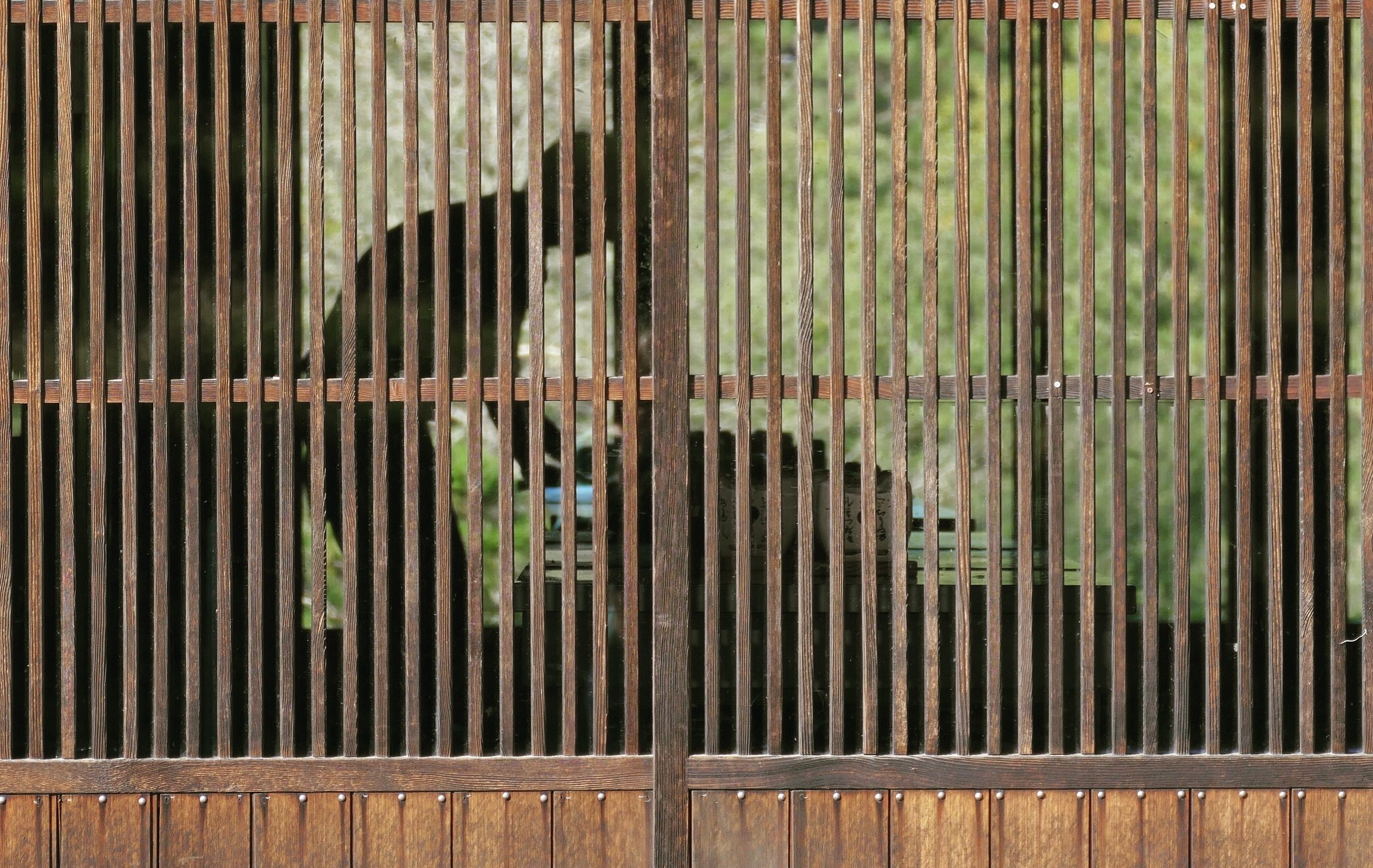
The Essence of Japanese Craftsmanship
Traditional arts and crafts carry the wisdom of generations, reflecting the beliefs and values of their makers. At the heart of Japanese craftsmanship lies the concept of kodawari (こだわり), a relentless pursuit of perfection that can never be achieved. This unwavering commitment to the highest standards of quality is evident in every detail, from the meticulous selection of natural materials to the intricate techniques used to finish each piece.
The geographical diversity of Japan has given rise to over 200 regional crafts, each with its unique character and appeal. From the delicate wagasa of Gifu to the rustic ceramics of Saga, every prefecture has its own set of crafts and techniques.
Unlike Western techniques taught in art schools, traditional Japanese crafts are typically passed down through an apprenticeship system. Those willing to commit themselves to years of rigorous training under the guidance of experienced masters, learn through observation, imitation, and hands-on practice. Father-to-son succession, or isshi sōden (一子相伝), is common for all kinds of artisans and artists, from knife makers to kabuki actors. It is also typical for the apprentice to move in with their teacher and receive training in exchange for helping with work and household chores. Such close mentoring fosters a deep understanding of the techniques and underlying philosophy behind the craft.
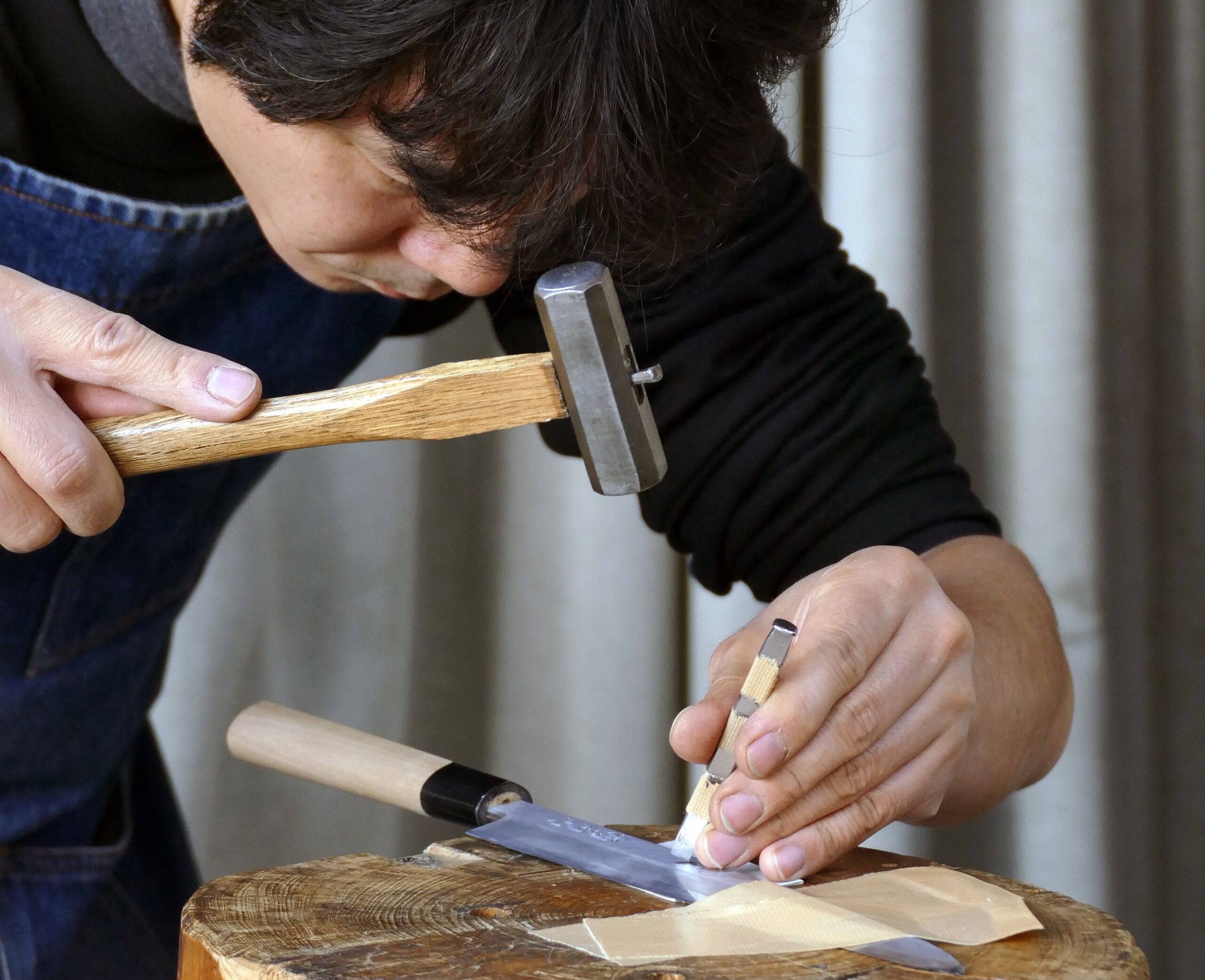
Aspiring craftsmen in Japan often focus on mastering a particular skill or a specific stage of the production process. Collaboration between multiple highly specialized artisans to create a single piece is common. This approach aligns well with the Japanese concept of waza (技), where historically accumulated expertise transcends individual talent or input. Waza encapsulates tradition itself.
Full-fledged craftsmen, known as shokunin (職人) or takumi (匠), are revered not only for their technical merit and artistry but even more so for their exceptional devotion to the craft. Guided by the principles of shokunin kishitsu (職人気質, ‘craftsman’s spirit’), their work encapsulates the essence of Japanese culture – a harmonious blend of passion, diligence, responsibility, pride, and cooperation.
A Historical Perspective on Japanese Crafts
Before the Meiji Restoration, traditional crafts were regarded as inseparable from art. Commissioned by temples, feudal lords, and wealthy merchants, shokunin strived to provide the same level of quality and detail one would expect from a work of art. As Japan opened its doors to the world, artisanal products became vital exports, strengthening the local economy and contributing to the nation’s modernization.
The Japanese craft market was on the steady rise for the next century, reaching a production value of 540bn yen ($4.8 billion) in 1983. But as the bubble burst, and cheaper mass-produced goods started pouring in, the market began to shrink, dropping to about 260bn yen within a decade. Shokunin faced many challenges: the overexploitation of natural resources, particularly wood and bamboo, has led to a scarcity of raw materials that are essential for many traditional crafts; a shortage of specialized tool makers left many artisans without vital instruments of trade; finally, dwindling sales meant that craftsmen themselves could hardly make a living, let alone take any apprentices.
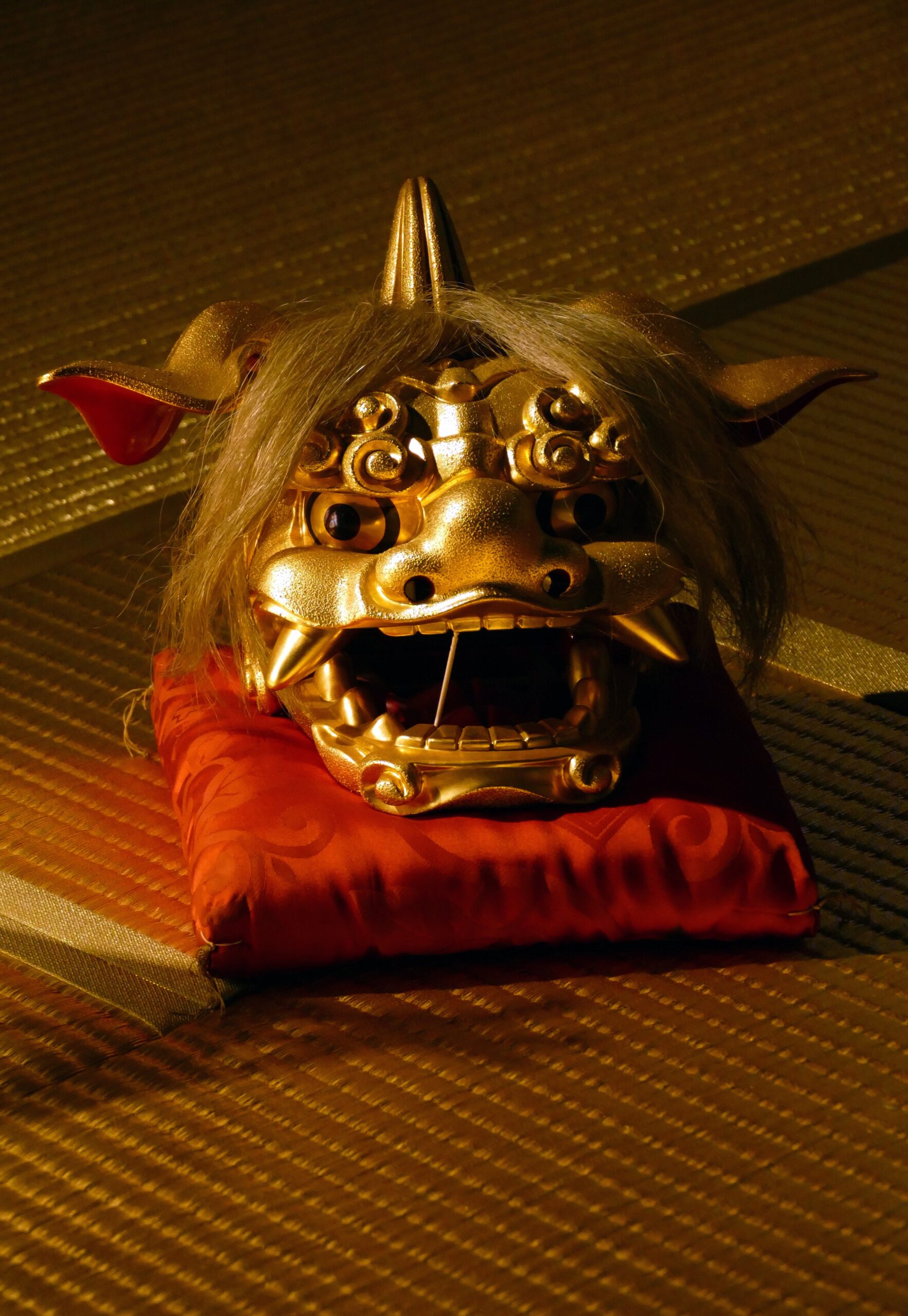
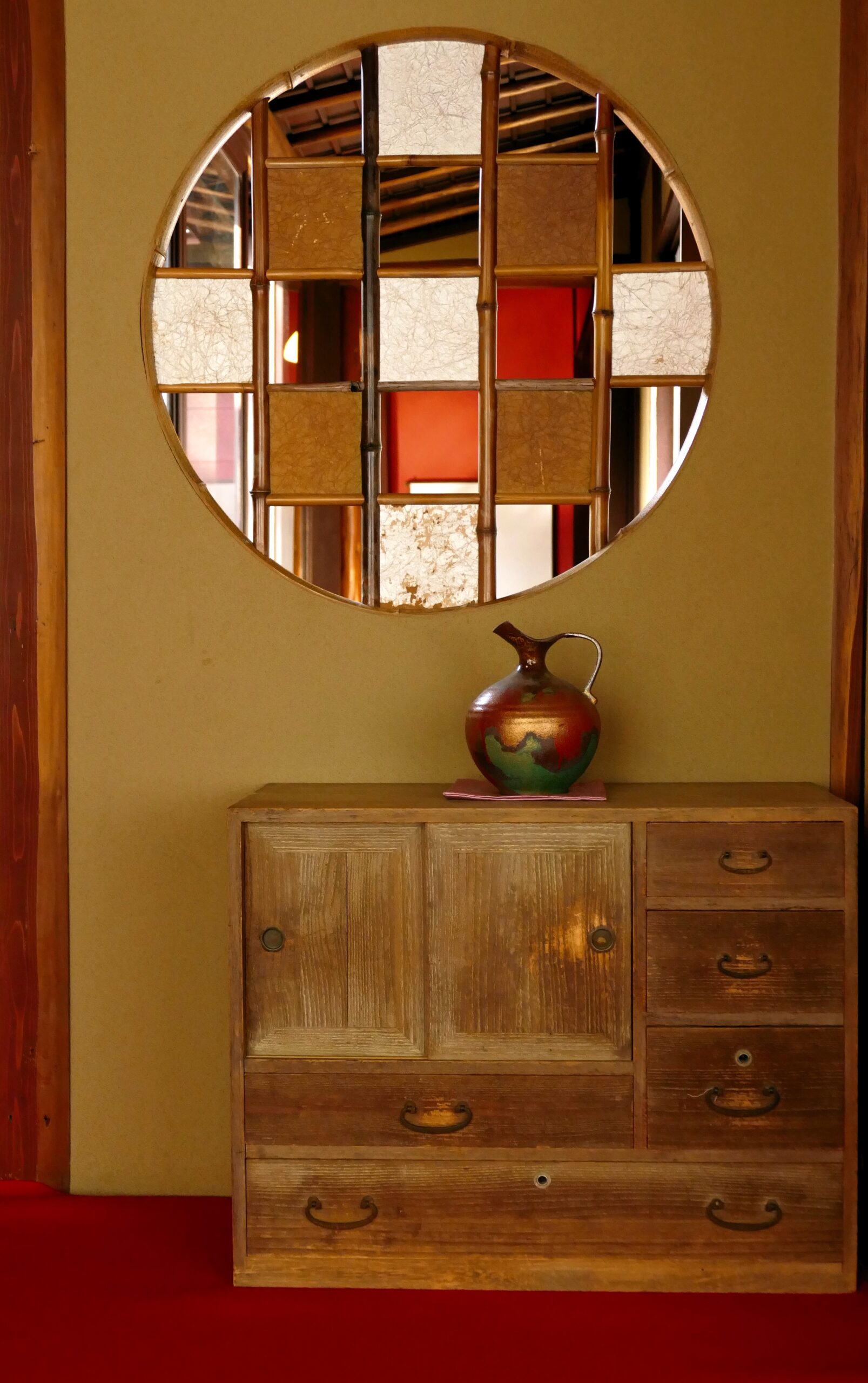
As a result, employment in traditional Japanese crafts plummeted by nearly 70% in the last fifty years (from 290,000 people in 1979 to 93,000 in 2006), and annual production value has fallen to 96 bn yen ($770 million). Unless things change, it is estimated that by 2028 there will be less than 20,000 shokunin left.
Preserving a Legacy: Challenges and Solutions
Despite their enduring appeal and cultural significance, Japanese crafts face numerous challenges in the contemporary world. As modern lifestyles become more fast-paced, shokunin struggle to compete with mass-produced goods and e-commerce offerings. The average age of active craftsmen is high (65 years old), and the traditional apprenticeship system fails to attract young people, many of whom are drawn to more lucrative and less demanding careers in the big cities. As a result, precious traditions developed over centuries are on the brink of extinction.
The decline of traditional crafts in Japan is not only a loss of cultural heritage, but a threat to the environment and the economy. Many of the natural materials used for crafts are renewable and decomposable, unlike the synthetic and plastic alternatives that pollute our planet. Moreover, the livelihood of many rural communities depends on the craft industry: without proper support and recognition, these communities may face poverty and depopulation, and their collective knowledge may be lost forever.
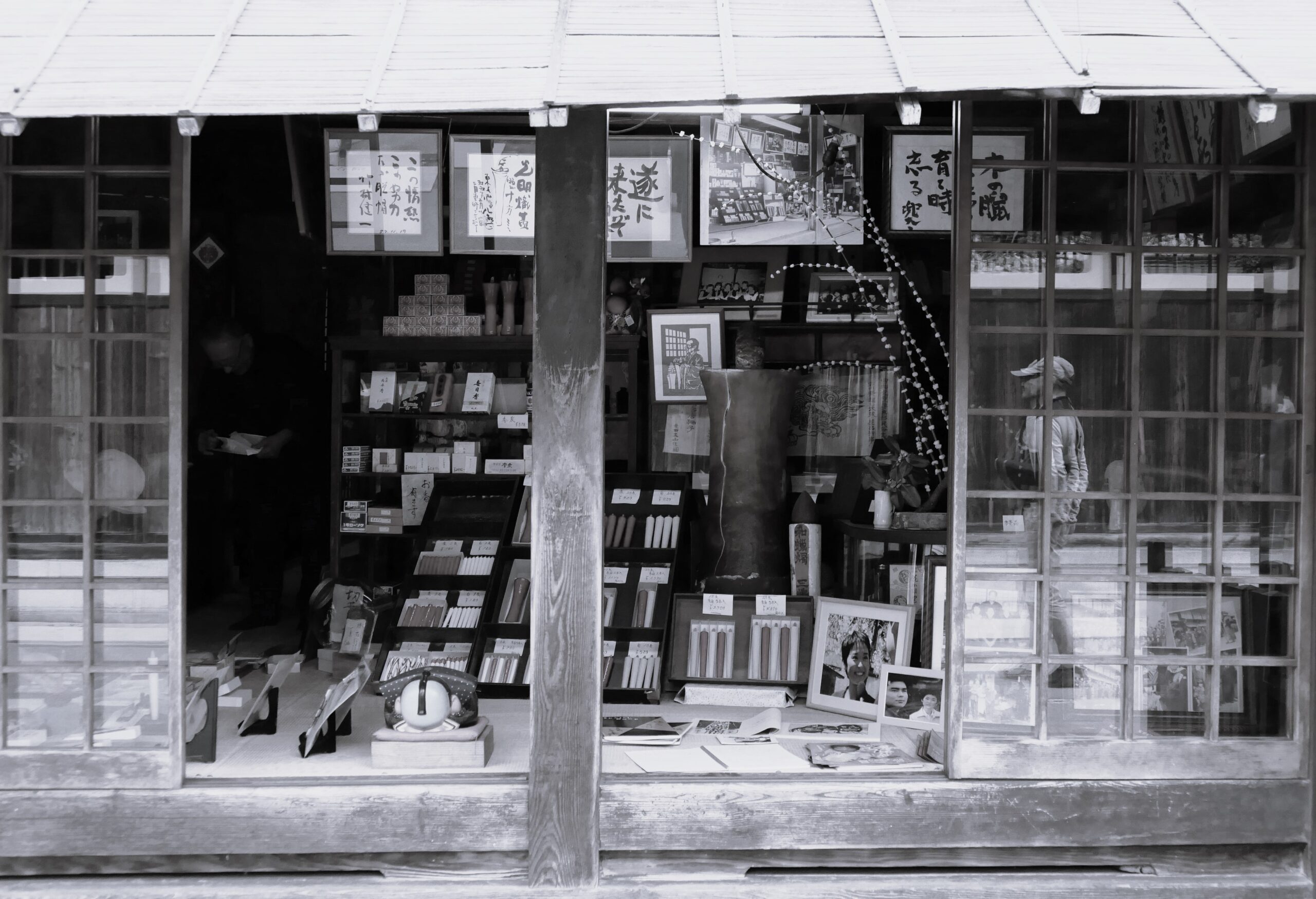
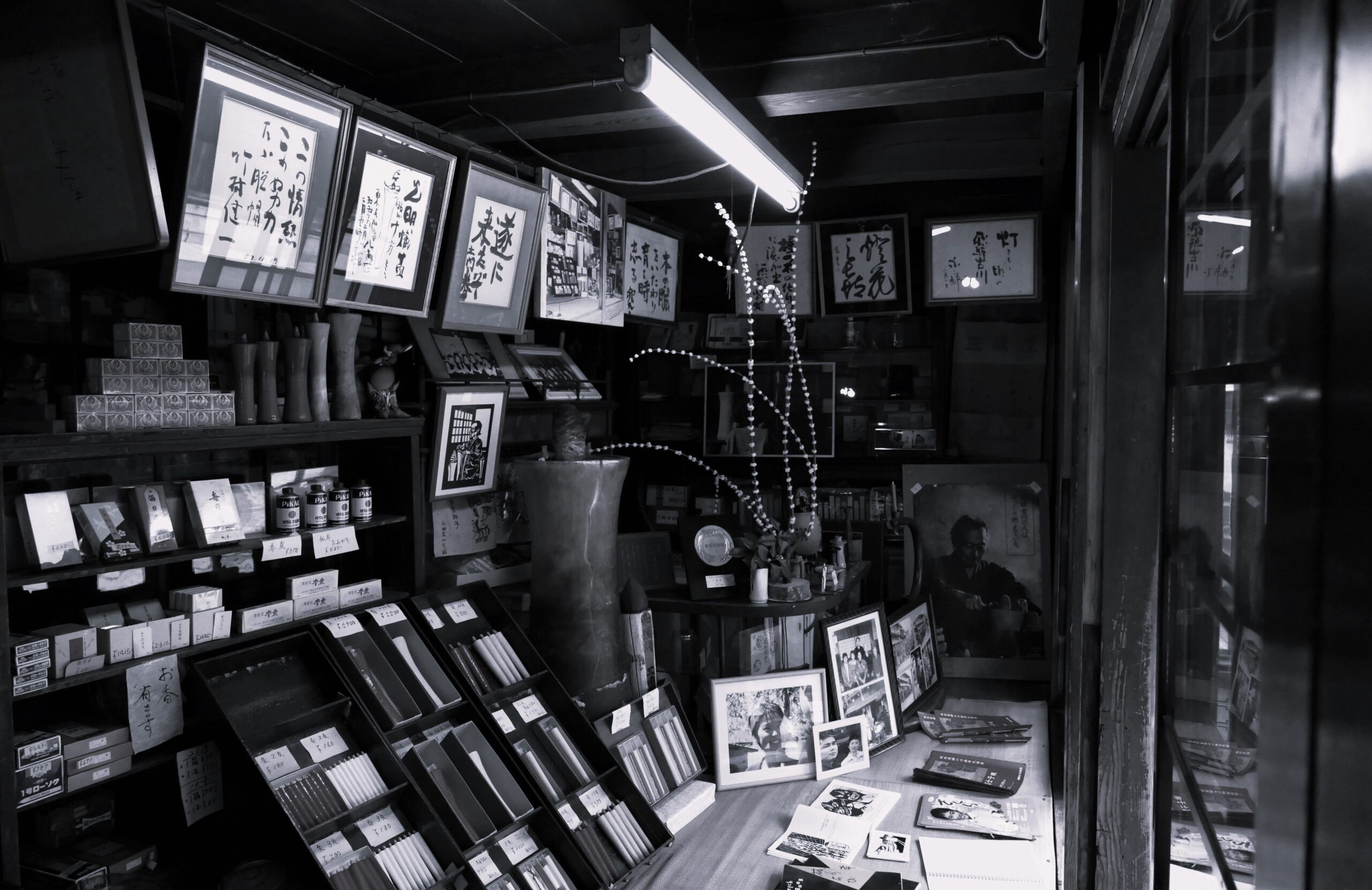
Recognizing the urgent need to preserve these precious traditions, Japanese authorities have initiated various support measures. One of the crucial developments was the setting up of the Japan Craft Association (Nihon Kogei Kai) and the annual Japan Traditional Handicrafts Exhibition. Recognition programs such as ‘Living National Treasure’ (Ningen Kokuhō) and ‘Preservers of Intangible Cultural Properties’ (Jūyō Mukei Bunkazai Hojisha) provide support in the form of grants and pensions. So far, there have been 116 recipients of Ningen Kokuhō, and most are already in their late seventies. There is an obvious caveat: denying entry to the ‘Living National Treasure’ list based on one’s lifespan may dissuade talented young artisans from fully committing to their trade.
To facilitate the entry of young craftsmen, various support measures are necessary. Efforts should be made to increase public awareness of traditional crafts, especially among the youth, and encourage the next generation to pursue a career in the field. The Japanese government should enhance training programs, provide financial aid and production sites for the upcoming artists. At the same time, exploring overseas markets, holding workshops and exhibitions, can help to boost sales. Only by adapting to the changing landscape and cultivating the next generation of shokunin, Japanese authorities can ensure the continued preservation of traditional craftsmanship.
Shokunin Docuseries: Going Beyond Tradition
The appeal of Japanese craftsmanship extends far beyond Japan’s borders. But to continue to be a living part of culture rather than preserved in a museum, traditional arts and crafts need to be reinterpreted for contemporary audiences. This is where Shokunin docuseries comes in.
Shokunin: Japanese Arts and Crafts Across Borders is a testament to the enduring appeal of Japanese craftsmanship. The series provides a fresh perspective on Japanese heritage by following a number of international creators who study and uphold centuries-old techniques. From a shamisen luthier in Spain to an indigo dyer in Mexico, these shokunin bring Japanese arts and crafts to a whole new generation worldwide.
Saving Japanese Crafts: A Shared Responsibility
Preserving tradition is not merely an act of nostalgia; it’s about sharing the wisdom of our ancestors and bridging cultural gaps. Japanese arts and crafts are not only a source of pride and joy for Japan, but also a treasure for the world. By nurturing the next generation of shokunin, we can ensure that these precious traditions continue to thrive for generations to come.
We invite you to discover the beauty of Japanese arts and crafts with the docuseries Shokunin. Start watching today:
We invite you to discover the beauty of Japanese arts and crafts with the docuseries Shokunin. Start watching today:
Sign up for our newsletter to delve deeper into the world of Japanese craftsmanship.
Next time, we’ll be looking at the global fascination with Japanese arts and crafts through the ages. Click here to get notified!


